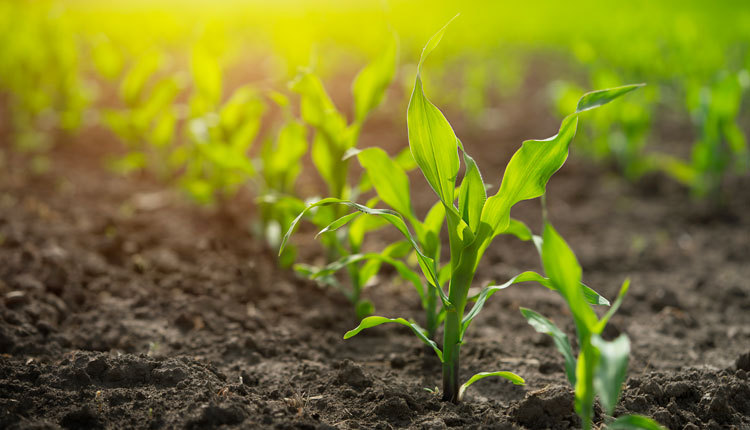
I’ve heard wide ranging expectations, from southeastern Minnesota farmers anticipating a record crop to some New England dairies beginning to think about harvesting immature corn for silage. While the U.S. corn crop is in great shape as evidenced by the crop reports indicating above average progress and yield potential, the crop grown for silage does not seem to be holding pace and much is yet to be determined.
In the August Hoard’s Dairyman webinar, we’ll extensively cover current corn crop for silage progress and key harvest management considerations for regions across the U.S. Harvest timing and management needs to adjust corresponding to the anticipated harvest window. Over the past week or so, I’ve learned we have both expanded and compressed harvest windows out there due to how the growing season has unfolded. Harvest management and objectives under these two situations are dramatically different; for example, we may opt to start harvesting sooner and chopping less mature corn under the compressed scenario.
Despite wet and humid conditions for many through the season largely to this point, disease pressure is not yet mounting. While agronomists are seeing potential disease, drier conditions through pollination coupled with more and more growers applying fungicide has kept disease risk in check to this point.
High chopping corn is also likely to be a hot topic for many dairies. Thanks to Luiz Ferraretto’s recent research, we have better benchmarks to evaluate the economic impact increased cut height can have for dairy farms, through improved silage quality but slightly less yield. The leaves are the most digestible part of the stover, and the stalk and mid-rib are the least. Further, lignification rises as we move down the stalk and closer to the root structure. Higher cut height can leave a disproportionate amount of lignin in the field, while boosting the grain to stover ratio and total digestible nutrients per ton. During the August Hoard’s Dairyman webinar, we’ll run some numbers.
I’m also curious how the grain density and bushel weights end up this year. The U.S. corn crop seems to have all the resources and growing conditions needed to stuff the bins. Though if bushel weights are up, then I’m anticipating the corn will feed differently with more protein and grain hardness tightly correlated to increased bushel weight in corn. Make note to ask your grain farming friends and the local elevators how bushel weight is testing for some indications about corn grain feeding value. This is yet another aspect to this year’s crop that’s yet to play out — just like a tie ball game headed for the fourth quarter.
While we’re centered upon corn silage here, the hay and haylage crops across the U.S. have experienced the same growing environment. Cover crops, first and second crops in Indiana, Ohio, Pennsylvania, and throughout the New England region have been rough for many. The Midwest had great conditions for the first cut, then experienced substantially more rain through mid-season thus affecting many farms’ second and third cuttings. If this season has been frustrating for your dairy, trust that you’re not alone.
Pivoting back to the corn crop, while Southern and Western dairies are chopping and putting up silage, there’s still much of the silage yield and quality potential yet to be determined for Northern dairies. Here’s to the best heading into the fourth quarter of the silage corn growing season! Make sure your team is on top of crop progress and make the right late season harvest management adjustments to optimize your 2025 silage. Remember, corn silage likely accounts for more than $2 in feed costs per cow per day.
Register for the August Hoard’s Dairyman webinar here.








